Engaging Consumers in Healthcare Innovation
Cantina partnered with a leading health insurance company to create a new in-store experience that engages consumers in co-creation and healthcare innovation.

Cantina partnered with a leading health insurance company to create a new in-store experience that engages consumers in co-creation and healthcare innovation.

The U.S. healthcare system is both remarkable and challenging. Remarkable because it consistently creates medical and technological breakthroughs. Challenging because consumers are confronted with an increasingly complex, costly, and difficult system to navigate.
Cantina partnered with a leading health insurance company to create an innovative new in-store experience that would bridge the gap between consumers and the larger healthcare system, one dedicated to putting co-creation and human-centered healthcare into action.
By connecting the dots between the in-store brand, physical space, and service design with important questions and unmet healthcare needs of consumers, we were able to deliver a holistic experience that brought our client’s vision of engaging consumers in meaningful conversations and co-creation to life.
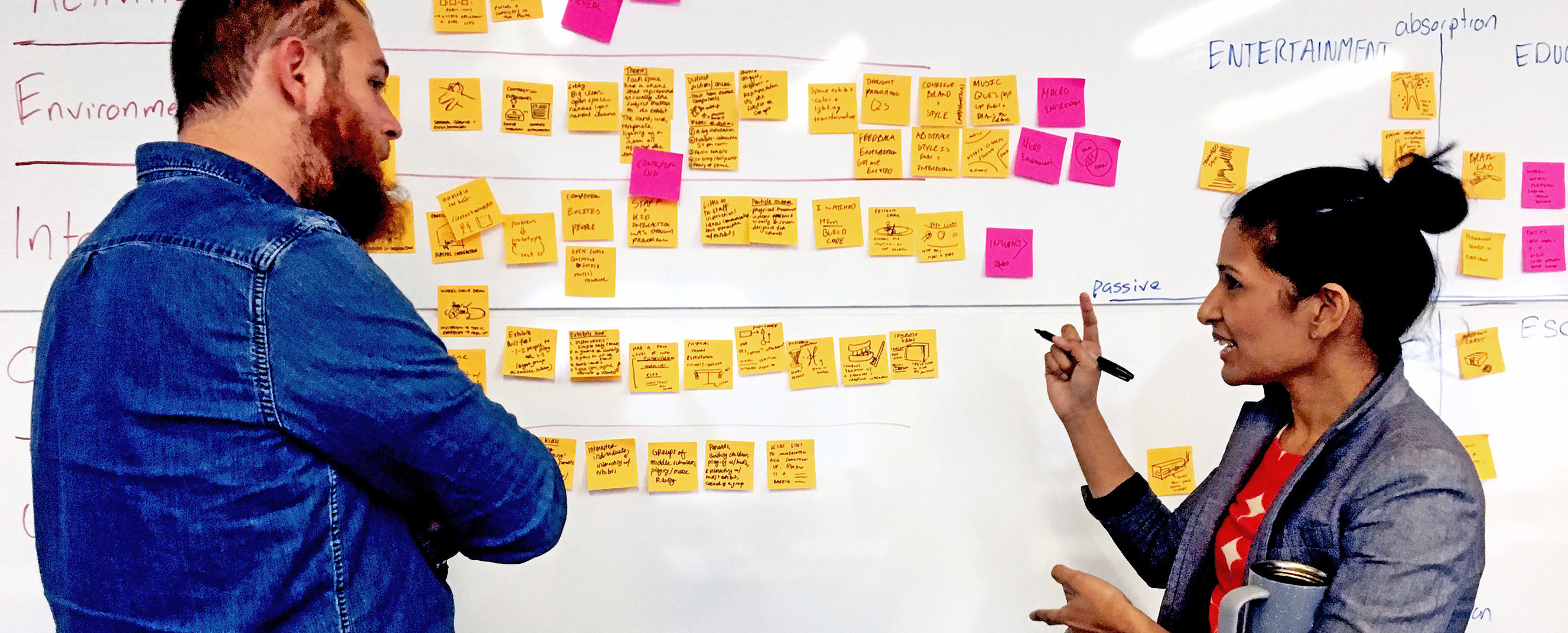
Human-centered research is a powerful way to understand people’s perceptions, expectations, and beliefs, and to surface their unmet needs and desires. Through observational, contextual, and experiential research, we learned that consumer engagement with the new in-store experience faced several barriers, from distrust of health insurers to confusion around what healthcare innovation is and who it is for.
As a result, there was a fundamental disconnect between the initial direction of the brand, spatial design, and story of the in-store experience envisioned by the client and what consumers really needed and expected. Each of these elements would need to be reconsidered to set a new creative direction for the experience that was in alignment with consumer expectations and needs.
Cantina’s research uncovered opportunities to engage and inspire consumers in meaningful ways through their experiences with in-store staff. To realize this opportunity, new approaches to hiring, planning, metrics, and governance would be needed.
Lastly, on a strategic level, we learned that the in-store experience needed to be clearly associated with our client’s parent brand. This would not only help to overcome consumer distrust and confusion, it would also move the client’s innovation function closer to the day-to-day business and consumers themselves. One of the biggest risks with innovation is that it’s perceived as someone else’s job or is disconnected from the core business and what the consumer really needs. The in-store experience needed to signal that engaging consumers in co-creation or conversations about health and healthcare innovation was at the heart of the client’s larger mission.
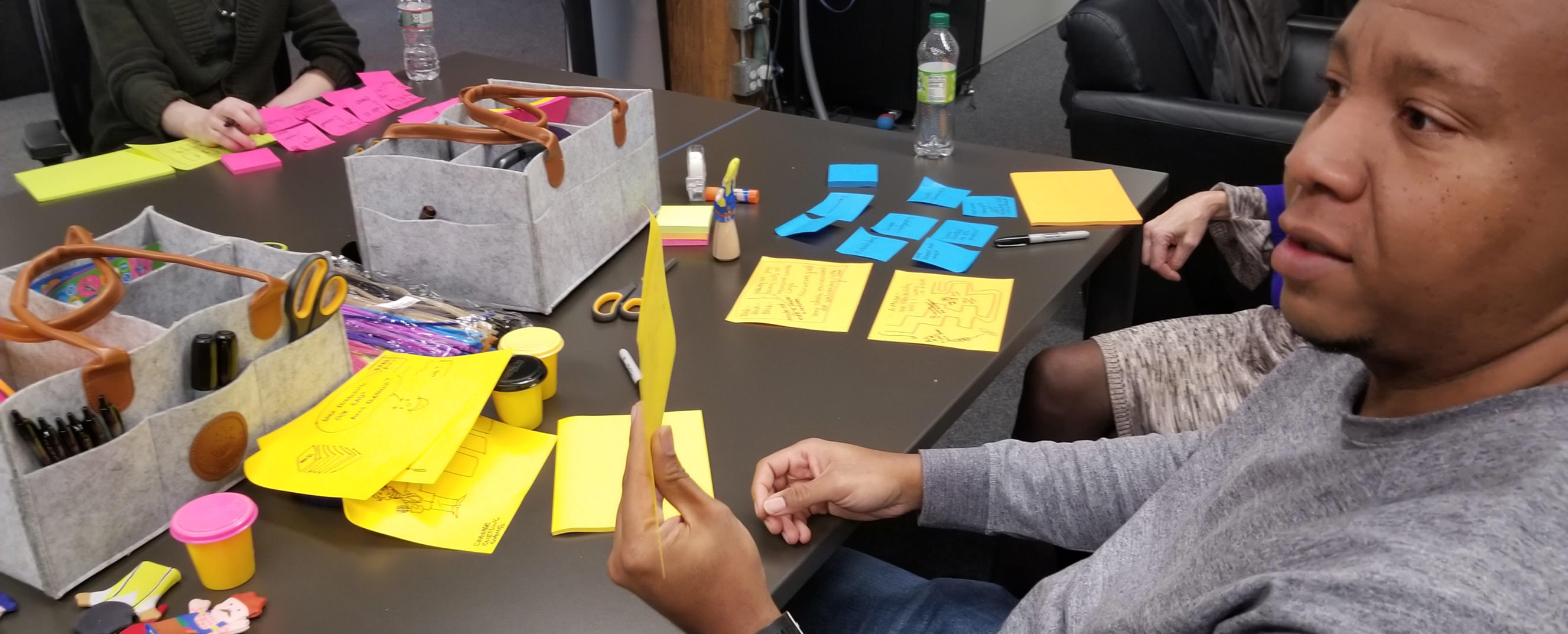
Cantina used consumer research and storytelling to align the client’s executives around a new creative and experiential direction. Working closely with the client, key stakeholders, the brand agency, and architecture firm, we changed the name, identity system, interior design, and the strategic narrative so as to better engage with consumers and fulfill the core mission of the in-store experience.
To drive the design of the consumer experience, we created future-state journey maps to entice, engage, and re-engage visitors. Journey maps build empathy for the consumer’s experience by visualizing what people see, think, do, and feel over time. They are a critical, research-backed means to center the design on an “outside-in” perspective. The service experience documented in the maps was prototyped and refined through exploratory and evaluative performance activities with the client, delivering rapid, real-world feedback on the shape the experience should take.
Service blueprints outlined how and when other client teams, such as member support, should be involved in the experience. Service blueprints are a complement to journey maps that visualize in detail what happens behind the scenes. They make plain how client staff, workflows, and systems should be orchestrated to deliver the desired experience.
Touchpoints are the tangible things visitors come into contact with during their in-store journey. A touchpoint inventory drove the design of print collateral and other service artifacts that consumers would experience as part of the larger in-store experience.
Other tools like a tabletop and full-scale prototype of the space, as well as low- to high-fidelity service designs, informed our final experience design recommendations.
Cantina’s full-scale prototype of the space proved especially powerful. Over the course of three days, we built a 1:1 full-scale model of the space using foam core. This allowed us to understand the space (which was still under construction) from both an experiential and space design perspective. We prototyped all of the elements consumers would experience in this 1:1 mock-up—the layout, visual design, verbal, and physical interactions—to understand how the complete design would be experienced. We also invited the client’s executives into the mock space, which allowed us to quickly align on strategic design decisions.
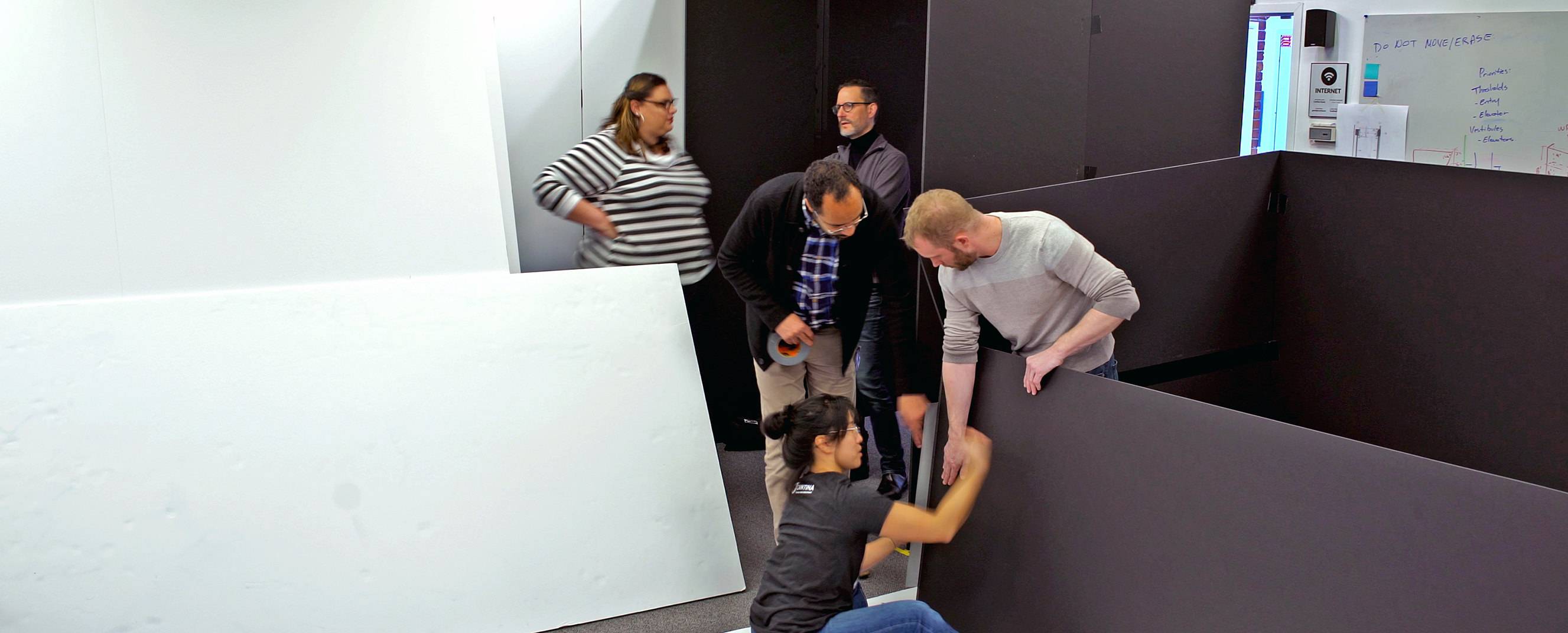
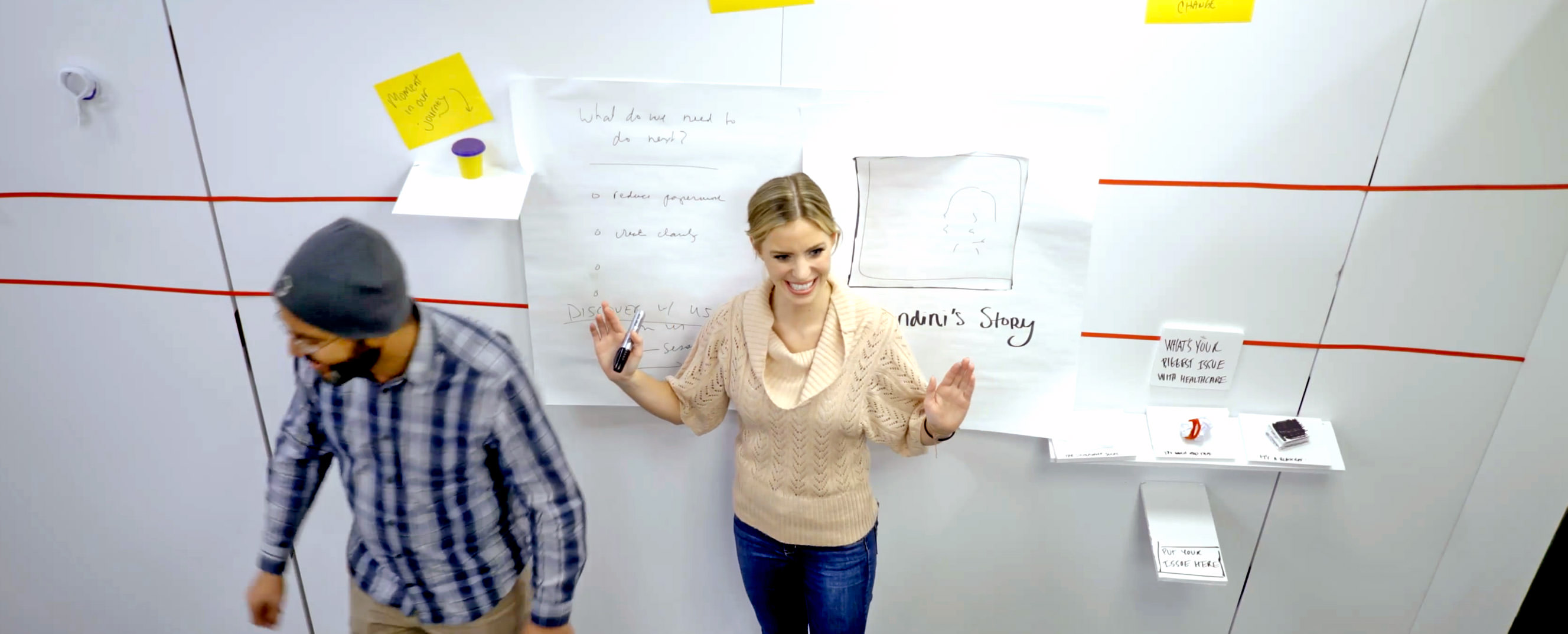
Cantina took the concept of prototyping to a whole new level when they created a full-scale model of our new space. This allowed us to engage senior leadership in a meaningful ‘show don’t tell’ conversation which dramatically changed the course of the design in favor of a more positive consumer experience.
Governance was also a critical consideration for delivering a great in-store experience. A comprehensive curatorial plan, updated staffing model, staff training, and decision support tool provided the client with the components necessary to plan and measure the experience, so that it would succeed beyond its opening.
Lastly, together with the client, Cantina sharpened and amplified the story, bringing the in-store brand and parent brand closer together. We did this, in part, through the production of an engagement video, where the CEO, CSO, CMO, and front-line staff told a compelling story of the vision and the relevance of the new in-store experience to every employee at the client.
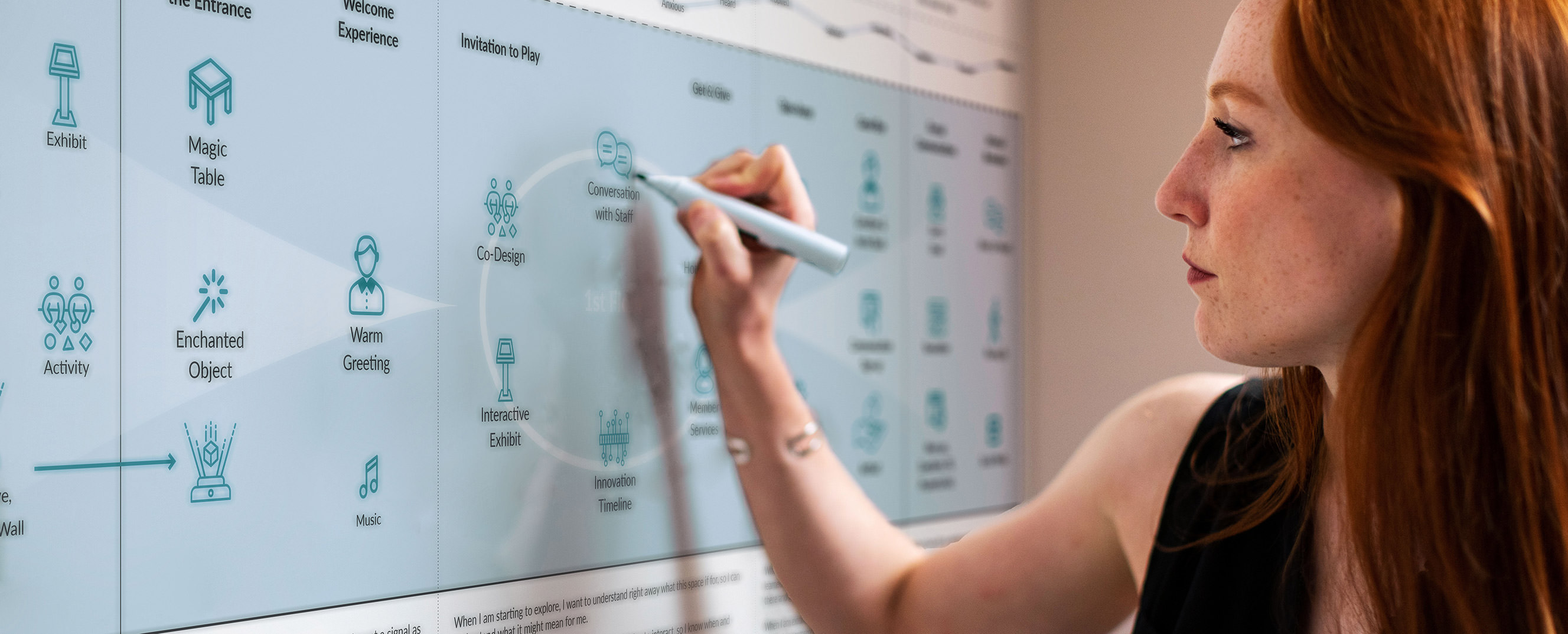
The new in-store experience launched with an inaugural exhibit by Design Museum Boston titled Bespoke Bodies, focused on innovative prosthetics that are helping to change the lives of individuals with disabilities. This exhibit helped the client team to assess, measure, and refine the consumer experience.
Following the Bespoke Bodies exhibit, Cantina partnered with the client to design a new in-store exhibit from the ground up on the topic of Hospital in the Home, an emerging new model that leverages technology to deliver a better experience for patients in the comfort of their own homes. This exhibit delivered a fivefold increase in visitors to the space and led to more than one thousand conversations and co-creative sessions with client staff, yielding key insights into consumer needs and desires related to healthcare innovation in the U.S. This level of consumer engagement was exactly what the client set out to accomplish when it hired Cantina to help it design the new in-store experience.
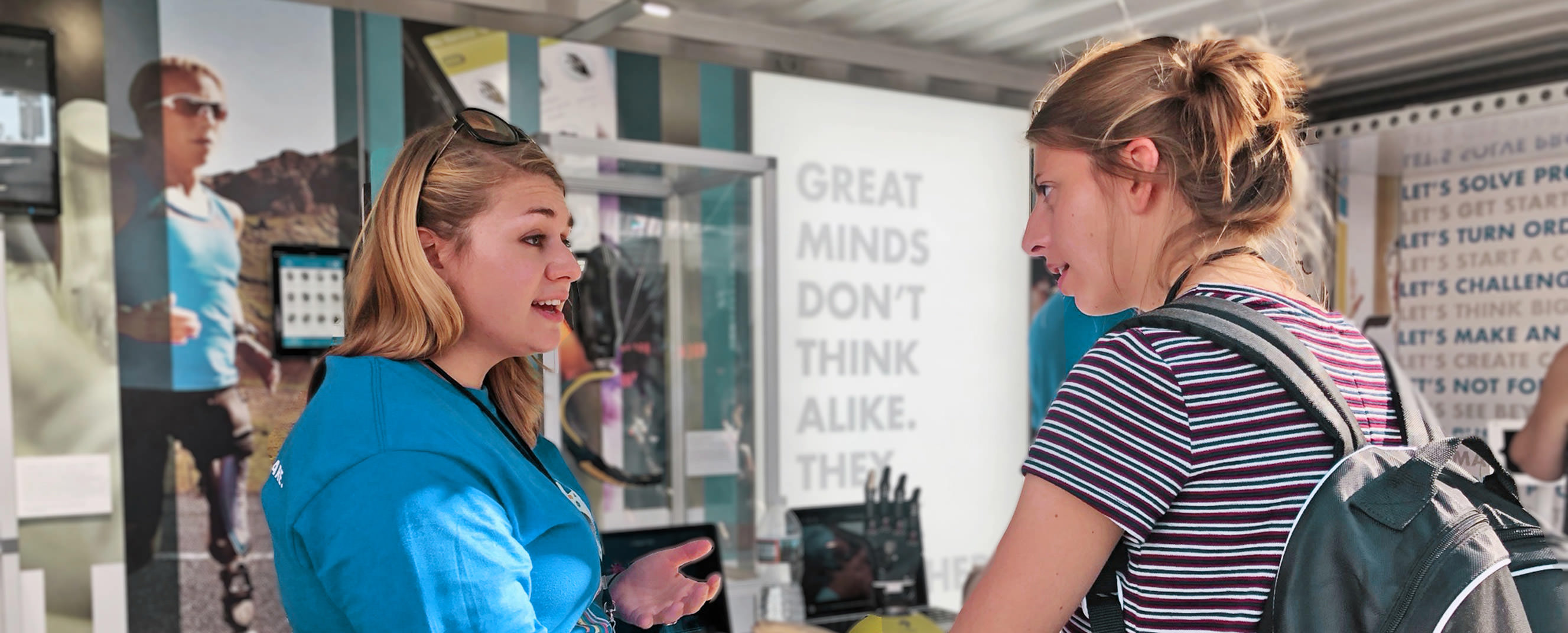
Our partnership with Cantina has been nothing short of outstanding. We feel lucky to have such talented and bright partners working with us on our innovation journey.
If you are interested in learning more about this engagement or how Cantina can help you with a project contact us today. We'd love to help.